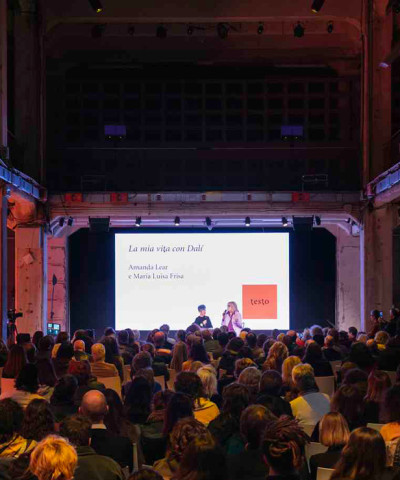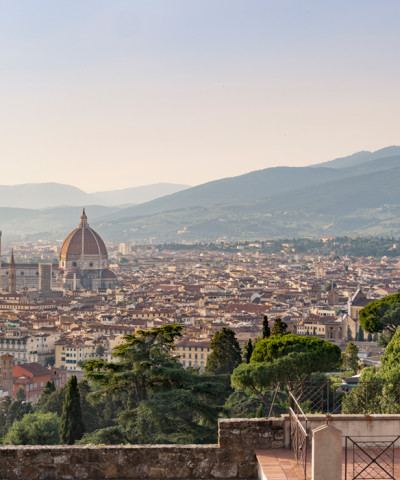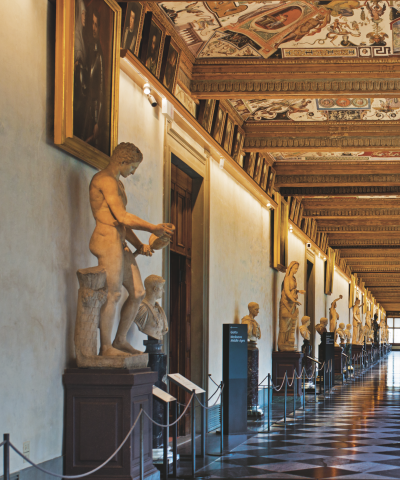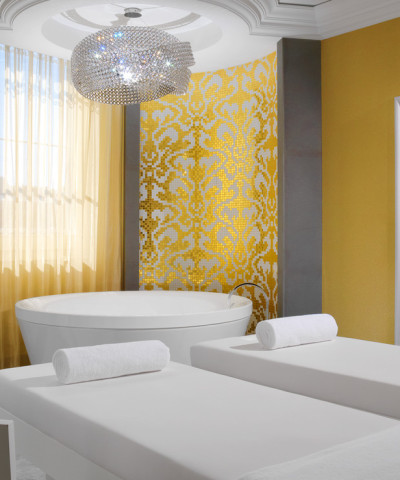La Specola, what to see in Europe's oldest science museum
Discover a collection of the world's most important anatomical waxes and many animal and mineral exhibits
The Specola is one of the oldest science museums in Europe and finally reopens to the public after the restoration of the building that houses it. It houses more than 3.5 million animal exhibits, the world's largest collection of 18th century anatomical waxes and the collection of Sicilian waxmaker Gaetano Giulio Zumbo (1656-1701).
1,400 items from the extraordinary collection of anatomical waxes were assembled between the end of the 18th and the beginning of the 19th century to create a genuine didactic-scientific treatise that, without the need to resort to direct observation of a cadaver, aimed to illustrate the anatomy of the human body. The name of the Specola refers to the observatory that Grand Duke Pietro Leopoldo installed in the Torrino, where the meteorological station was also located.
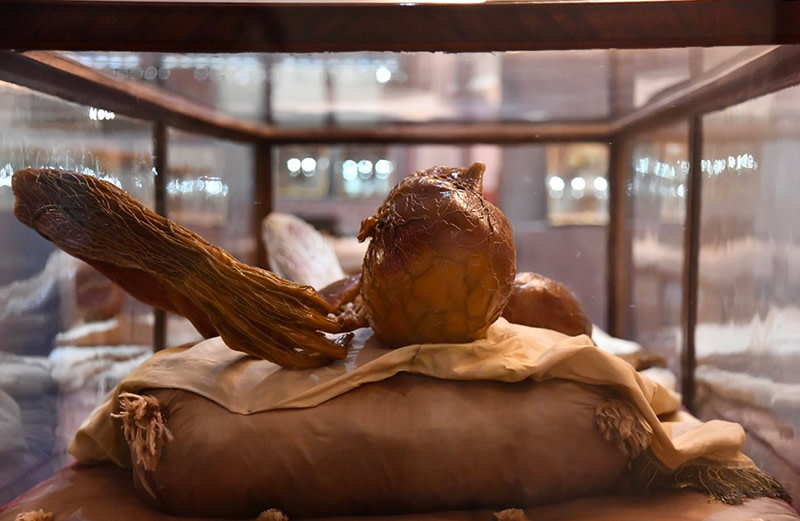 Cere anatomiche, Museo della Specola
Cere anatomiche, Museo della SpecolaHistory
On 21 February 1775, Grand Duke Peter Leopold of Lorraine instituted the Imperial and Royal Museum of Physics and Natural History, the first natural history museum to be opened to the public and, at the same time, the first to present nature in its entirety: by visiting it, one went from the earth (mineralogy) to the sky (astronomy), passing through anthropology, botany and zoology.
The idea dates back to 1763, when the Florentine naturalist and scientist Giovanni Targioni Tozzetti drew up the first catalogue of all the naturalistic exhibits in the Gallery. In 1765, with the arrival in Florence of the young Grand Duke Peter Leopold of Lorraine, the museum project came to life, leading to the construction of the Palazzo della Scienza, in Palazzo Torrigiani where La Specola is still located today, purchased in 1771 and renovated in four years by architect Gasparo Maria Paoletti. The Museum and its collections became a compulsory stop on Grand Tours and work continued to expand the collections over the years. All the City Guides to Florence at the end of the 18th century suggested a visit to the Museum to observe the world and man in the light of new scientific discoveries. Many intellectuals, including the Marquis de Sade, left accurate accounts of their visit to the Museum in their writings. The great success of the Royal Museum is finally testified by the large number of admissions recorded. Between 1784 and October 1785 there were over 7,000 visitors, about 30% of whom were women. The opening hours were from 8 a.m. to 1 p.m. for 'the people of the city and the countryside who could be admitted as long as they were cleanly dressed'. And research showed that 83.7 per cent of the visitors belonged to the 'third state'.
When Ferdinand III of Lorraine abandoned the Grand Duchy of Tuscany due to the arrival of Napoleon's troops, Napoleon himself visited the Specola and ordered 40 cases of waxes as well as a wooden statue for Paris, which never reached their destination and are still in Montpellier today. The Museum's ups and downs began in 1807, when the new government established the Liceo di Scienze Fisiche e Naturali in the Museum, marking the end of the Museum's Enlightenment approach inspired by the unity of knowledge. With the restoration of the Lorraine government in 1814, the Liceo experience came to an end and the Museum was destined to be a place of 'private pleasure' for the Grand Duke. In 1829, with the appointment of director Vincenzo Antinori, the Museum once again became an institution at the service of science and public education. The break-up of the Museum in Via Romana began in 1865, under the direction of the physicist Carlo Matteucci. A supporter of experimental disciplines, strongly critical of the cost of maintaining the naturalist collections and of the suitability of the Specola's spaces for research, the sectorialisation and specialisation of the various disciplines began.
In the following years, the collections of Palazzo Torrigiani, the first seat of the unitary museum, were moved and placed in various Florentine palaces. In 1872, astronomy was the first discipline with its museum collection to migrate from the Specola to the new Arcetri Observatory. The Zoological Museum remained at the Specola, the Cabinets of Geology and Palaeontology and Mineralogy with their collections were moved in 1880 to the area of Piazza San Marco, in Via La Pira, where they are still located today. The Institutes of Chemistry and Physics found a home in Via Gino Capponi, where the Museum of Anthropology founded by Paolo Mantegazza had also been located since 1869. Also in 1880, the Giardino dei Semplici in Via Micheli, today's Botanical Garden, founded in 1545 by Cosimo I dei Medici, was assigned to the Institute of Advanced Studies and became the place to which the plants from the Specola were gradually and slowly transferred. The work was completed in 1905. In 1930, the historical collections of physics and astronomy instruments also left the Specola to be transferred to the then Institute and Museum of the History of Science, today the Museo Galileo. Finally, in 1932, the Museum of Anthropology moved from its premises in Via Capponi to the unfinished Palazzo in Via del Proconsolo, where it still stands today. During the 20th century, the Museum continued on the slow path of disintegration that had begun in the century.
The rebirth of the Museum began in the 1970s, when a new sensitivity towards nature blossomed and public attention to environmental issues grew, with the still definitive realisation of the limited natural resources of planet Earth. In 1984, the University of Florence ordered the reunification of the scientific collections and established the Natural History Museum of the University of Florence, with locations not only for university students but also for all levels of education starting from primary school. At the beginning of the year 2000, six sections are established, each of which is allocated financial and human resources.
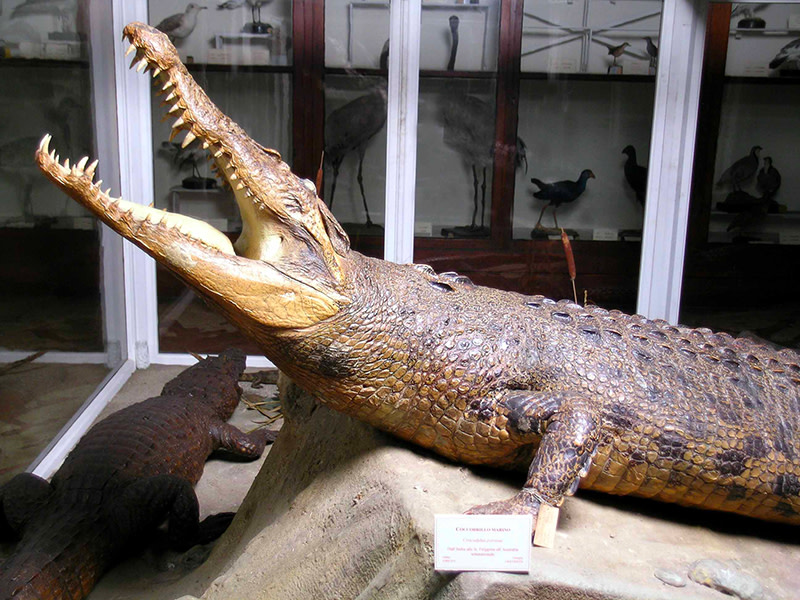 Specola Zoologia, Museo della Specola
Specola Zoologia, Museo della SpecolaThe Collections
Ceroplasty
The ceramics workshop was active for almost a century in Florence, from 1771 by Felice Fontana until the second half of the 19th century. The works of the Florentine school, which now belong to the Museum, comprise a collection of 513 urns containing waxes of human anatomy with a total of 1,400 pieces, 65 urns of comparative anatomy and over 400 wax plant models. Also in the collections are 5 waxes from the 17th century by Gaetano Zumbo, one of the world's most esteemed waxmakers. The wax masters worked with wax, reproducing whole figures, anatomical parts and other models from a plaster cast and sometimes from full wax. The main tool of the trade was beeswax, worked together with other substances (chinese wax, turpentine, etc.). Once the wax was melted, dyes were added - even gold dust to obtain the right shades. The workshop produced numerous works on commission from private individuals and museums: the works thus spread to Cagliari, Bologna, Pisa, Pavia, Modena, Budapest, Leiden, Montpellier and Vienna. It is precisely in Vienna that one finds the most important collection after the Florentine one (1,200 pieces), commissioned by the Austrian Emperor Joseph II for the Military Medical School of the Josephinum. In contrast, Napoleon's commission of 40 cases of wax works is kept in Montpellier and not in Paris.
Mineralogy and Lithology
The rich mineralogical and lithological collections of the museum in Via Romana offer an insight into the world of minerals and rocks. There are over 50,000 specimens from all over the world, including extra-terrestrial (meteorites). The collections originate from the Medicean period and are documented as they evolved: the Museum thus offers scholars the opportunity to follow the development of the mineralogical disciplines, both from a classification point of view, with the historical catalogues and archives, and from a practical laboratory point of view, with a series of instruments that bear witness to the evolution of knowledge. The collections also include specimens (holotypes), deposited for the description of new mineral species as required by the International Mineralogical Association. Of particular value is the Medici collection of worked stones, a symbol of collecting from the past that we have the honour and burden of preserving.
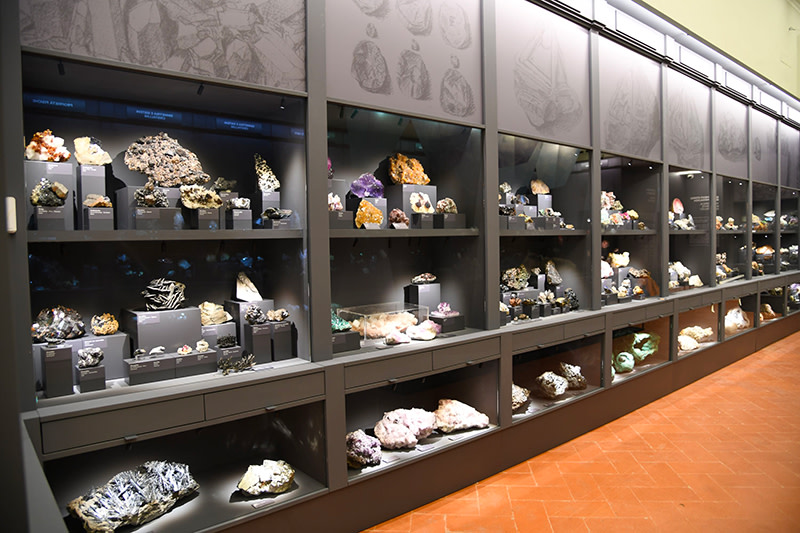 Mineralogia
MineralogiaZoology
The Torrigiani palace, the historical seat of La Specola, houses millions of exhibits collected over more than two centuries of the Museum's history. Thanks to enlightened management in the 19th and 20th centuries, the Museum has always been one of the most important Italian references in the field of zoological research, with collections of absolute value. The Vertebrate and Invertebrate collections are both the result of study campaigns and research expeditions in Italy and around the world (those carried out in recent decades in East Africa being of particular importance), and of donations and acquisitions. Every year dozens of Italian and foreign scholars carry out their research on the Museum's collections, and thousands of specimens are sent for study to specialists from every country in the world. Thousands of types of new species are thus present in the collections, and this number grows every year. The Specola also houses extremely rare specimens of animals that are now extinct, such as the Tasmanian Tilacine.
With the reopening, visitors can discover the new routes - the botanical and mineralogical waxes - set up after the renovation and rediscover the historic zoology collection. The other routes - from the anatomical waxes to the Hall of Skeletons, from the Tribuna di Galileo to the Torrino - can be visited by appointment from 1 March.









